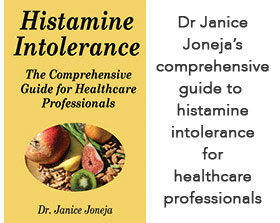Researchers at Cornell University suggest that allergy symptoms may protect against cancer by expelling foreign particles, some of which may be carcinogenic or carry absorbed carcinogens, from the organs most likely to come in with contact them. Allergies may serve as early warning devices that let people know when there are substances in the air that should be avoided. Medical researchers have long suspected an association between allergies and cancer, but extensive study on the subject has often yielded contradictory results.
The Cornell team reexamined nearly 650 previous studies from the past five decades. They found that inverse allergy-cancer associations (less allergy, more cancer) are far more common with cancers of organ systems that come in direct contact with matter from the external environment (the mouth and throat, colon and rectum, skin, cervix, pancreas and glial brain cells) and allergies in tissues directly exposed to environmental assaults (eczema, hives, hay fever and animal and food allergies).
Such inverse associations were found to be far less likely for cancers of more isolated tissues like the breast, meningeal brain cells and prostate, as well as for myeloma, non-Hodgkins lymphoma and myelocytic leukemia. Lung cancer is more complicated. Allergies other than asthma that affect the lungs seem to retain the protective effect; asthma, however, obstructs clearance of pulmonary mucus, blocking any potentially prophylactic benefit of allergic expulsion.
So if allergies are part of the body's defense against foreign particle invaders, is it wise to turn them off with antihistamines and other suppressants? The Cornell team hope that their work will stimulate reconsideration of the current prevailing view that allergies are merely disorders of the immune system which, therefore, can be suppressed with impunity.
Read more
Source: Sherman, Paul W et al. Allergies: Their Role In Cancer Prevention. The Quarterly Review of Biology, December 2008
First published in December 2008
More miscellaneous research reports on food allergy
Top of page
|










